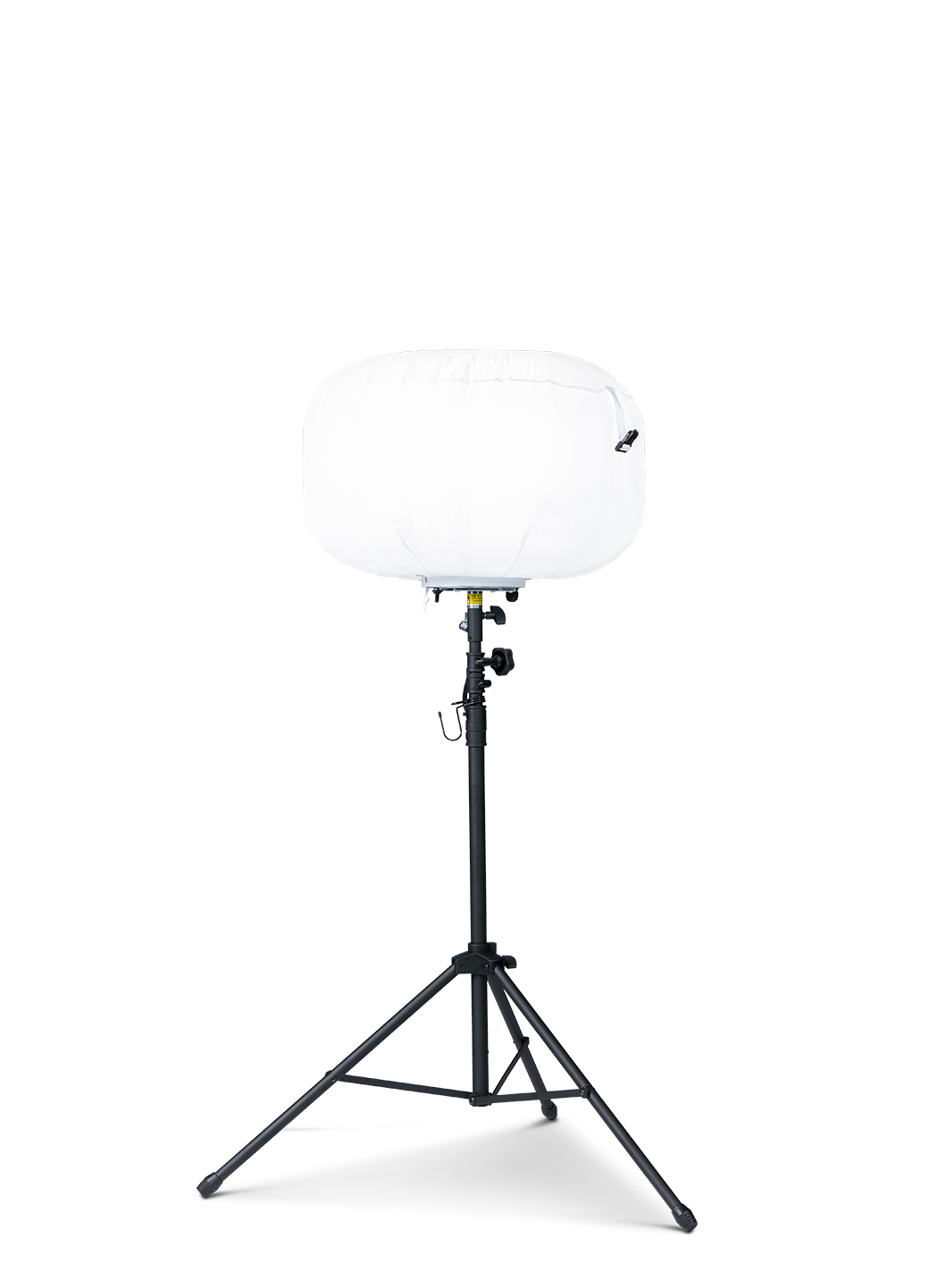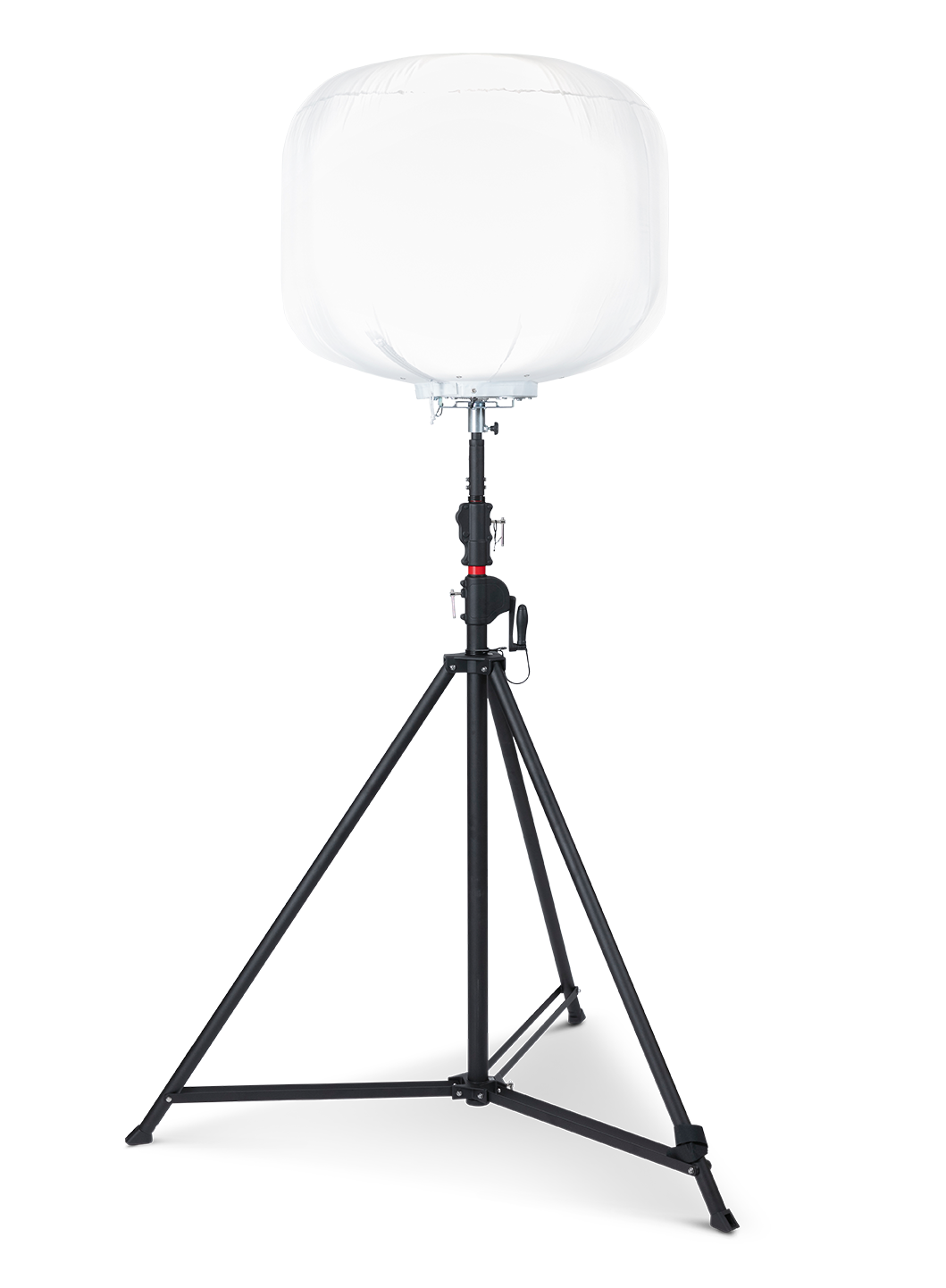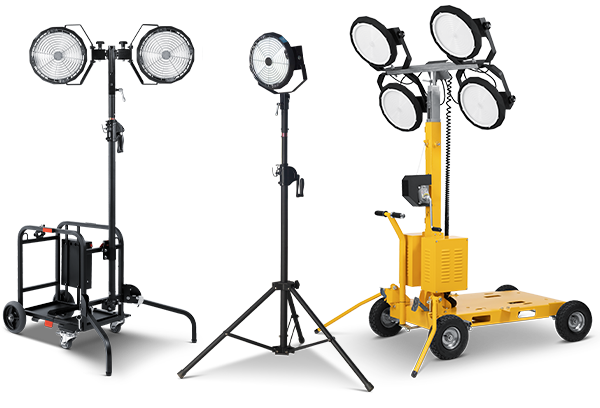When it comes to industrial lighting needs, LED will most likely be the first thing that comes to mind. Many of the industrial sites we visit (and perhaps yours also) have very high ceilings for accommodating equipment such as overhead cranes or tall forklifts.
This would pose a problem for industrial lighting because it is not feasible to hang lights every 20 feet for commercial lighting. To this end, the lighting industry has created several high-power (high-wattage) and high-power consumption products to meet industrial lighting needs. While these lights sometimes take a longer period of time to come on fully, most of their energy is dissipated as heat, which means that most of the customer investment is being wasted.
Recently, as the awareness of environmental friendliness is on the rise and business owners are trying to save as much cost as possible, a such powerful strategy is under heavy critics and increasing scrutiny.
The requirements and challenges of outdoor lighting are more stringent than indoor lighting.
Here, Yuang Light would like to present all the advantages of LED outdoor industrial lights for outdoor usage.
LED for Lowering Cost
An obvious benefit to any industry, no matter indoor or outdoor, is that LED lights can save on monthly electricity bills by being 80% more efficient than competing lighting technologies such as metal halogen or high-pressure sodium light bulbs.
In addition, energy efficiency is one of the reasons governments worldwide provide incentives for LED technology. We can save costs easily, but what matters is reserving energy while maintaining the concept of sustainable management to achieve the inspection standards under the concept of sustainable development.
LED for Preventing Accident
Even though LED has the benefits of energy efficiency and cost-effectiveness, lighting in commercial properties will not be upgraded to LED if the lighting is poor. Actually, LED lighting not only provides more intense light with less energy consumed, but also can satisfy the lighting requirements with higher quality.
Many high-intensity discharge and fluorescent lamps have poor color rendering effects. Industrial sites often require to accept motorized vehicles entering the premises for purposes of deliveries, staff commuting, and so on. And vehicle drivers may miss signs, bump into other vehicles, or even crash into buildings because of the poor color rendering and low brightness.
The bright white light from LED (generated from the phosphor coating on the bulbs) adds to the overall clarity. Not only vehicle drivers can get enough lighting, but pedestrians and passers-by can also walk around safely.
In addition, compared to conventional lighting that takes a certain amount of time and heat for warming up and activation, since LED lights only require the minimum energy for operation, they can be restarted immediately even under sub-zero environment!
LED with Long Service Life
At Yuang Light, our LED lights have an average lifespan of 50,000 hours. Depending on application requirements, some of them can last 30,000 hours while others over 100,000 hours. The longer service life of LED indicates much lower maintenance and replacement costs than conventional lighting sources.
LED with a Variety of Options
LED lighting manufacturers possess a wide variety of commercial LED lights, and you’d be surprised how each has its own unique and specialized application. For example, if you want to provide lighting for an indoor space such as an office or warehouse, or an outdoor space like a parking lot, you’ll always find plenty of ideal options.
Our product collection includes various types of fixtures such as Yuang Light Inflatable Lights, mobile lights, LED high bay lights, light bars, and many more.
Environmental Sustainability
LED lights do not contain mercury or any chlorofluorocarbons, so they have a longer service life, do not generate too much waste, and are made from fully recyclable materials.
At Yuang Light, we promise to protect the Earth and implement ESG to achieve sustainable management in the ever-changing business environment.
We understand that products are divided into outdoor use and indoor use, which both must meet some basic requirements, such as waterproof or sun protection.
Rain and snow can damage products in a variety of ways. Simply put, waterproofing is to prevent water or moisture from entering the interior of the product. To be specific, it can be divided into several levels indicated by IP rating.
An IP Rating (also known as an Ingress Protection Rating or International Protection Rating) is a way of showing the effectiveness of electrical enclosures in blocking foreign bodies such as dust, moisture, liquids, and accidental contact.
As an industrial-graded outdoor lamp, IP55 rated or higher is required. Otherwise, its lifespan will be greatly shortened, and even endanger public safety. If there is no protection of at least IP55 or above, the outdoor dust will get in the product, which will make the product operations fail. The product will not malfunction in a short time, but after a period of accumulation, an electrical short circuit will be caused. In addition, the same is true for water vapor. If water gets into the product easily, a short circuit or electric leakage will be caused and result in a serious safety accident that may lead a personal injury or death.
After knowing how products are protected from the intrusion of liquids and what IP ratings are, here’s a quick review of how UV resistance work.
Why is anti-UV protection so important? That’s because the ultraviolet rays in sunlight have a very strong penetrating energy. And most of the strong ultraviolet rays of the sun are hazardous, and may bring negative effects on the skin. For example, when the LED balloon lights itself not cover anti-UV protection, people will be affected. In terms of the kinds of changes you might notice with non-UV-resistant materials, these were turned yellow prematurely and were damaged by the sun. The yellowed light cover will become fragile and cause cracks. If the light cover is broken, external dust and water will more easily enter the product and cause product failure.
The above conclusions are the valuable experience gained from our continuous research and improvement of our products. This is why our products are superior to those of our competitors.
Our products have passed the IP55 verification of SGS, and also have an anti-UV coating on the lampshade, which can maintain a certain degree of softness and strength of the lampshade after a long time used under the sun.
Our tripod is also coated with powder coating with strong weather resistance, which can keep safe for a long time under extreme weather, and will not rust or break easily.
Next, let’s talk about the benefits of using LEDs outdoors! We all know that LEDs are energy-saving lighting products, but how much energy can they save? We can calculate the energy-saving results after lumens per watt of lamps. Some of the LEDs can reach more than 150 lumens per watt. If it is lower than 150 lumens per watt, the manufacturer could use a basic(older) LED chip. Meanwhile, compared with traditional halogen lamps or mercury lamps, LEDs are definitely energy-saving. LED Lighting is today’s best choice with optimal light quality and energy efficiency.
When it comes to the power in the outdoor environment, generators are often used for power supply. When using a generator for power supply, the power supply must be paid to the upper limit of power consumption, and the load capacity cannot be exceeded. In this case, it is a better choice to use LED products that are more energy-efficient but can provide the same illuminance.
In addition, mercury lamps and halogen lamps use glass lampshades, and emit high temperatures. If the glass lampshade is damaged, it is easy to cause cuts. On the other hand, the glass lampshade has a high temperature when the lights are operated. And it may cause severe burns if users touch the lamps with their hands.
LEDs lights have the same competency as traditional lamps have, but are more energy-efficient. In addition, LEDs also have a longer lifespan and weather resistance in harsh outdoor environments.
Generally speaking, after five years of use, LED chips can still maintain more than 75% of their performance. When LED lamps are first widely used, LEDs will be limited by the life of the power supply, and the power supply must be replaced every three years. With the advancement of technology, the current life of the power supply can exceed 5 years. It means the use of LED lamps is no longer limited by the longevity of the power supply and it can be used for a longer period of time, as well as will not cause waste from the frequent replacement of parts.
When using large lamps outdoors, glare occurs when too much light enters your eye and interferes with your eye’s ability to manage it. Discomfort glare lighting is the most common thing in the workplace, which will bring eye fatigue and headaches. The glare is a significant safety hazard by making visibility difficult.
Bearing such influence for hours a day leads to long-term issues for the worker.
Usually, ordinary lamps use glass lenses to soften the light, but we (Yuang Light) use the lampshade with exclusive technology to soften the light. Our nylon lampshade can greatly reduce the glare problem, make the light soft, and make people feel more comfortable. Therefore, it will be safer for passers-by or workers in outdoor engineering use.
Summing up the advantages of using LED lights outdoors, it can save energy and have a longer service life, which can significantly reduce material costs. Upgrading the product via professional technology makes LEDs more robust and safer. Based on the above advantages, we sincerely recommend our LED balloon lights in industrial outdoor environments, which can be used in road construction, infrastructure construction, emergency disaster relief or emergency lighting.
We (Yuang Light) care about ESG, which stands for Environmental, Social, and Governance, and it refers to three central factors in measuring the sustainability of an investment. We believe that facing up to sustainability challenges and strategic operations can help make good long-term investment decisions.











